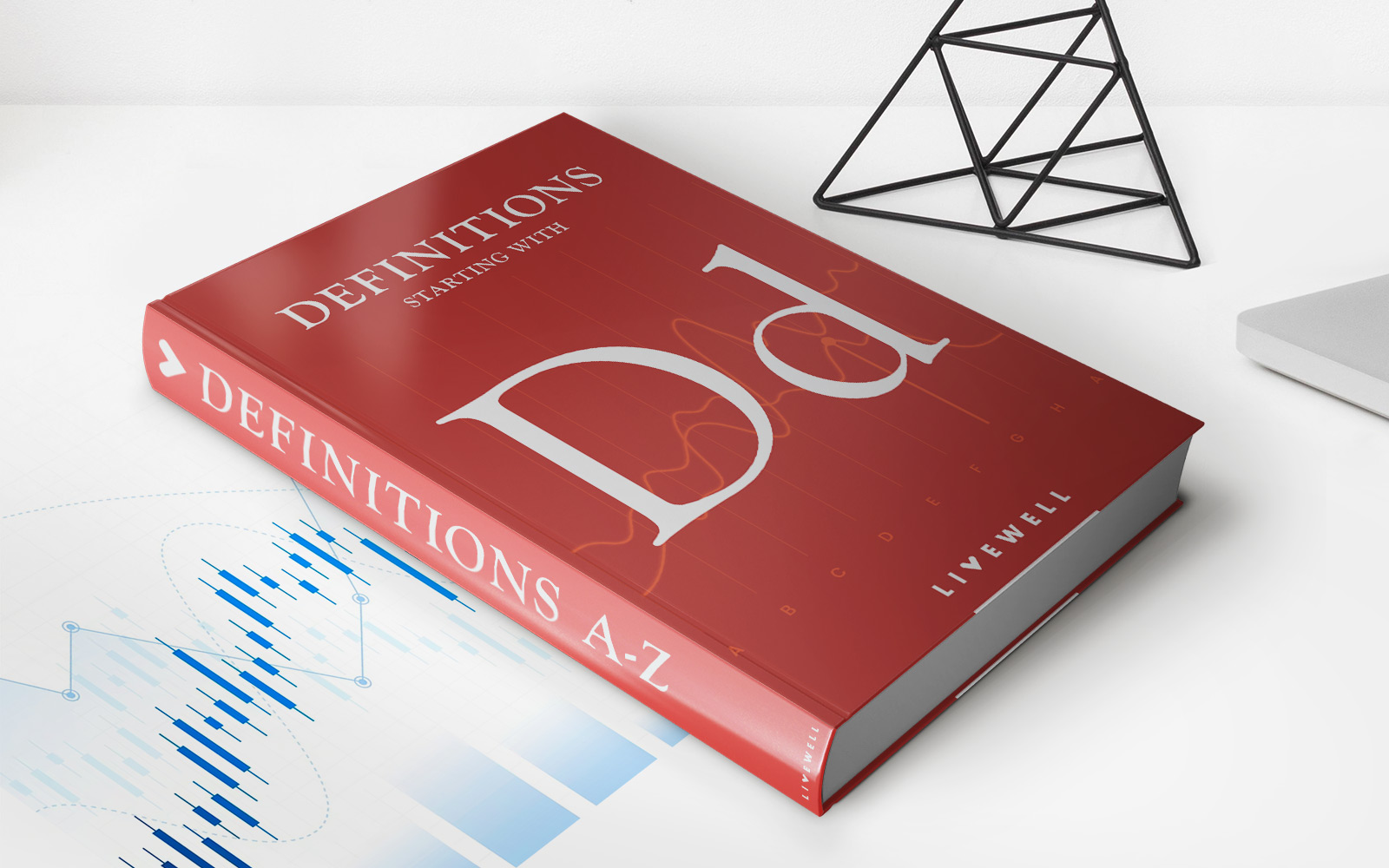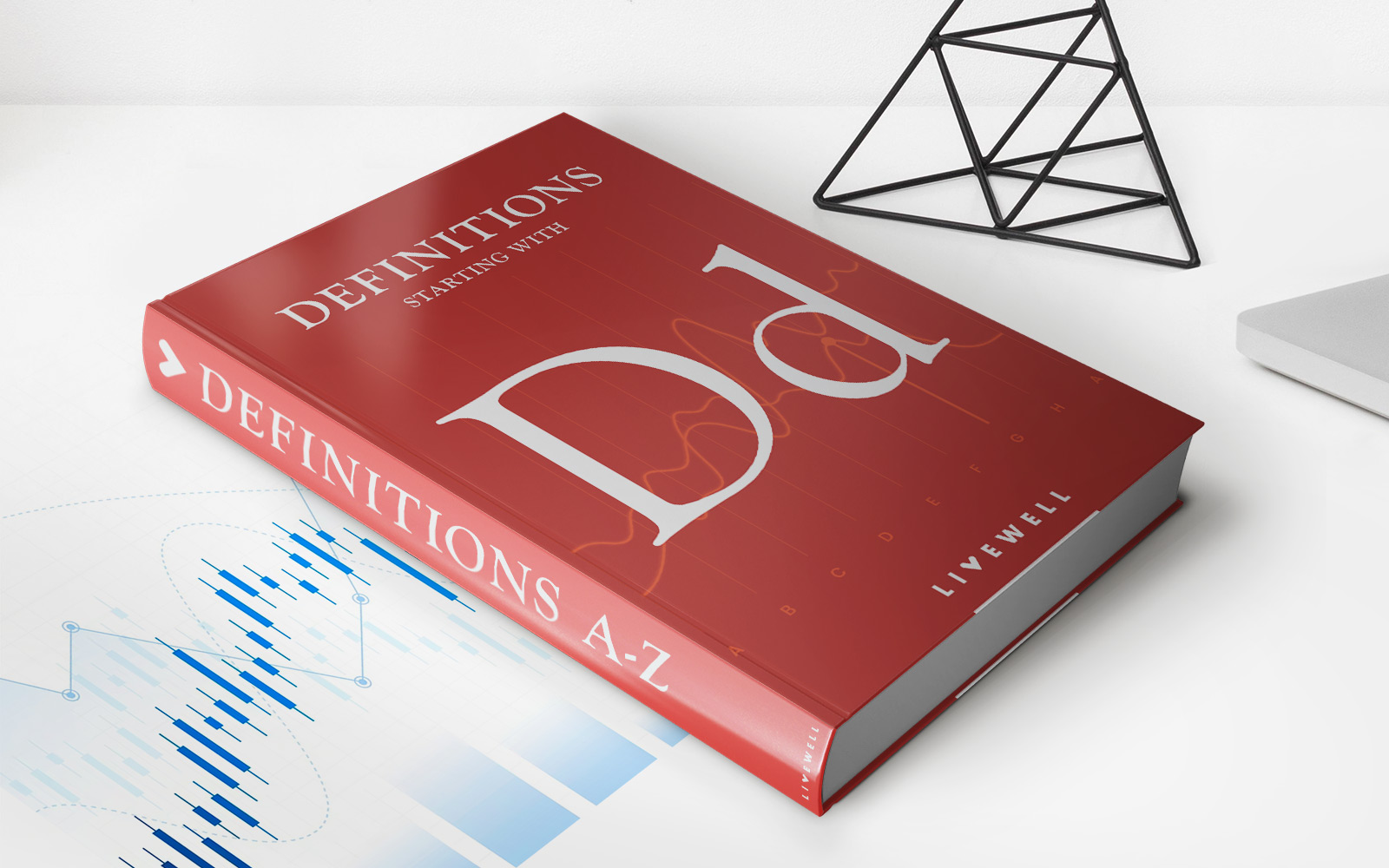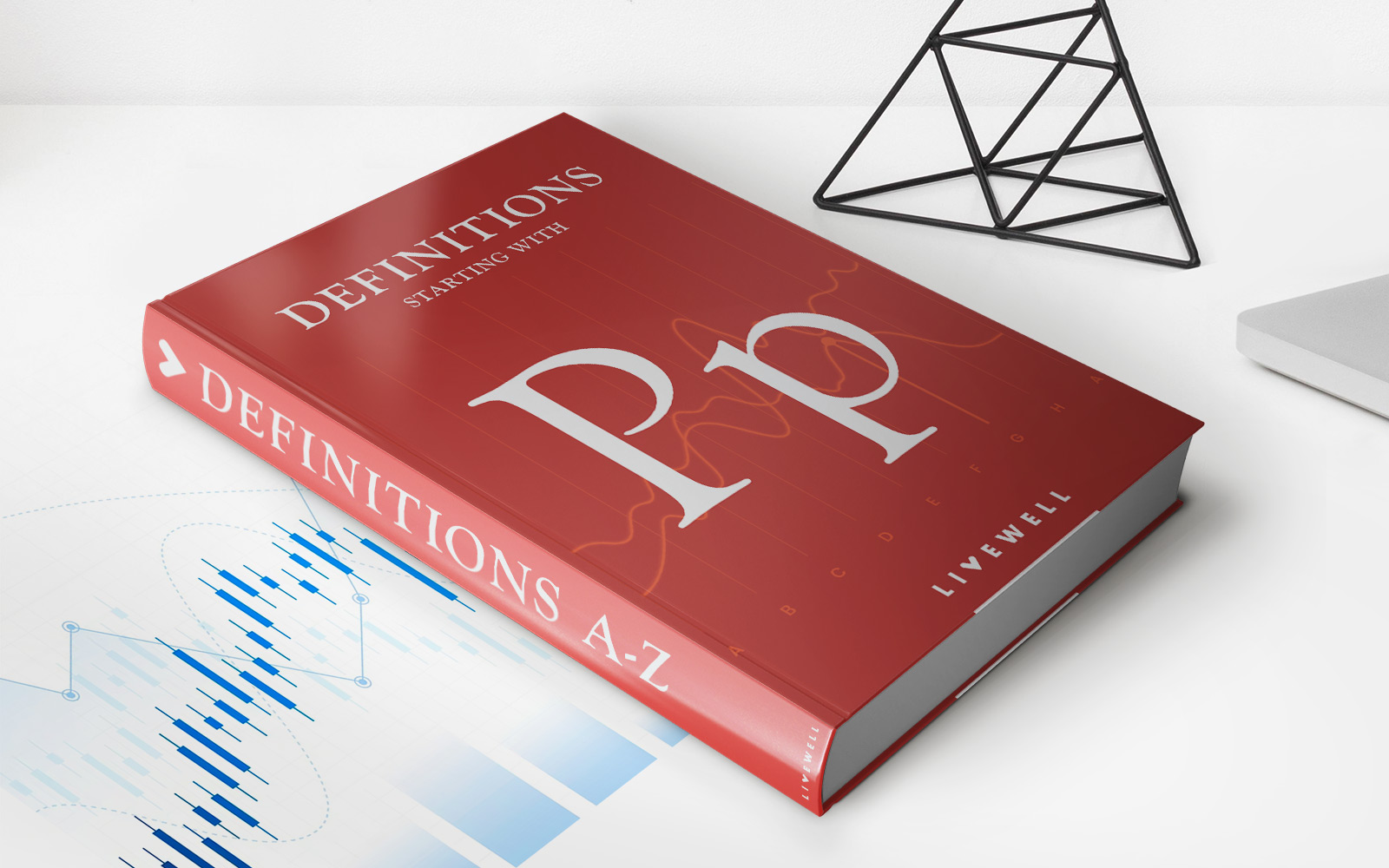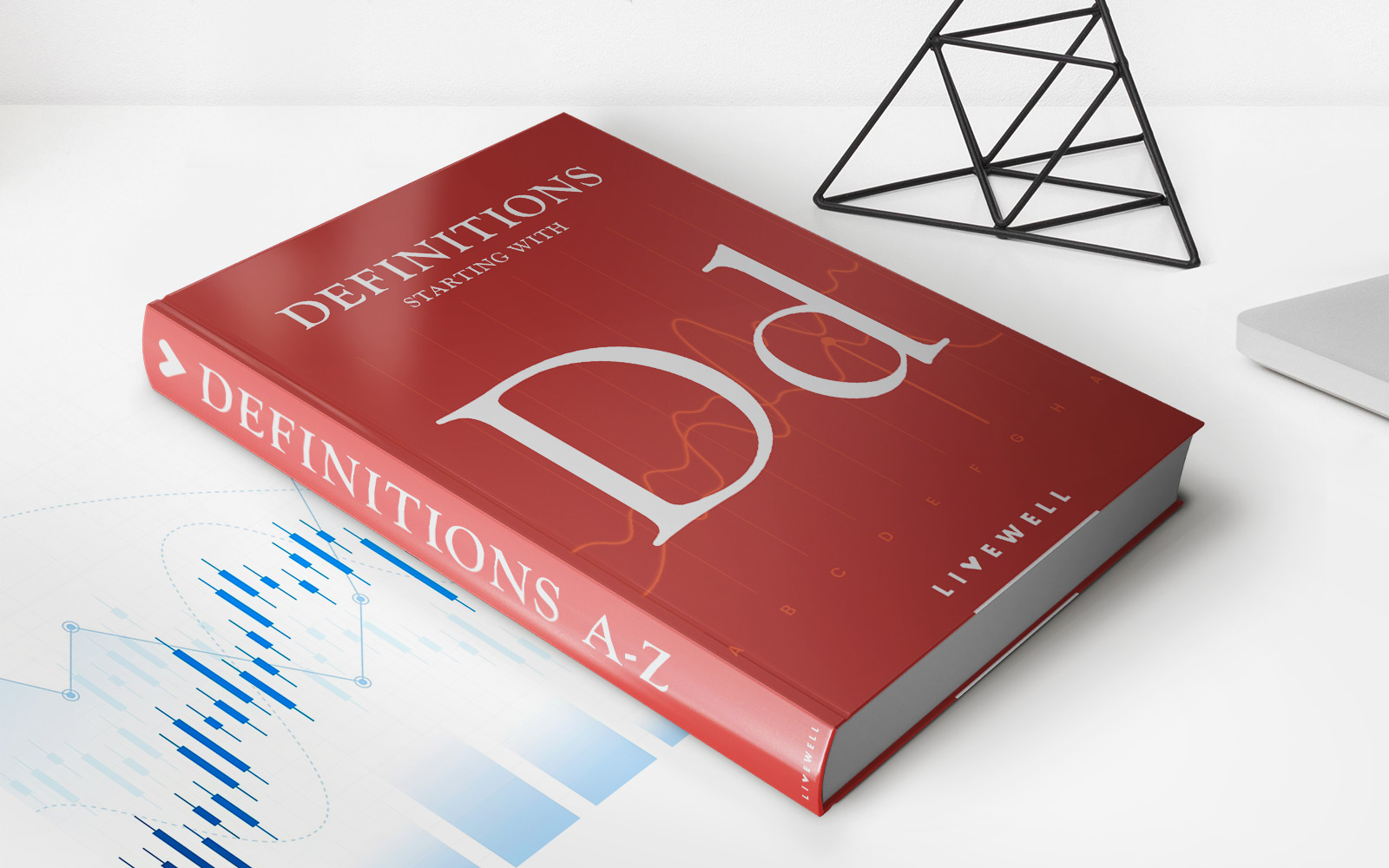Home>Finance>Degree Of Combined Leverage (DCL): Definition And FormulaÂ


Finance
Degree Of Combined Leverage (DCL): Definition And FormulaÂ
Published: November 10, 2023
Discover the meaning and calculation of Degree of Combined Leverage (DCL) in finance. Enhance your understanding of financial leverage with this comprehensive guide.
(Many of the links in this article redirect to a specific reviewed product. Your purchase of these products through affiliate links helps to generate commission for LiveWell, at no extra cost. Learn more)
Understanding Degree of Combined Leverage (DCL): Definition and Formula
Finance is a vital aspect of our lives and understanding its intricacies can help us make better decisions. One key concept in finance is the Degree of Combined Leverage (DCL), which measures the impact of both operating leverage and financial leverage on a company’s profits. In this blog post, we will dive into the definition of DCL, its formula, and why it matters in the world of finance.
Key Takeaways:
- Degree of Combined Leverage (DCL) assesses the impact of operating leverage and financial leverage on a company’s profits.
- Operating leverage relates to a company’s fixed costs, while financial leverage involves the use of debt to finance operations.
What is Degree of Combined Leverage (DCL)?
The Degree of Combined Leverage (DCL) provides insights into the combined effect of operating leverage and financial leverage on a company’s profitability. Operating leverage measures how sensitive a company’s profits are to changes in sales, while financial leverage evaluates the use of debt to boost returns.
The DCL formula is:
DCL = DOL * DFL
Here, DOL refers to the Degree of Operating Leverage, which can be calculated by dividing the percentage change in operating income by the percentage change in sales. On the other hand, DFL represents the Degree of Financial Leverage, found by dividing the percentage change in earnings per share (EPS) by the percentage change in operating income.
Why does DCL matter?
Understanding the Degree of Combined Leverage is crucial for both investors and businesses because it helps assess the risk and potential returns associated with a company’s operations and capital structure. By calculating DCL, stakeholders can gain insights into a company’s financial health, its sensitivity to changes in sales and costs, and make informed investment decisions.
Some key reasons why DCL matters include:
- Risk Assessment: DCL allows investors and businesses to evaluate the financial risk associated with a company’s operations and capital structure. A higher DCL indicates increased risks due to higher fixed costs or excessive debt.
- Profitability Analysis: DCL helps understand the potential impact on profits due to changes in sales volume or costs. It enables businesses to strategize and optimize their operations for better profitability.
Calculating and utilizing the Degree of Combined Leverage empowers stakeholders to make informed financial decisions and better understand the dynamics of a company’s risk and profitability. By incorporating DCL into their financial analysis, individuals and businesses can navigate the world of finance more effectively.
So, the next time you come across the term Degree of Combined Leverage (DCL), remember it is a powerful tool that quantifies the impact of both operational and financial factors on a company’s profitability. Use it wisely to make smart financial decisions.














